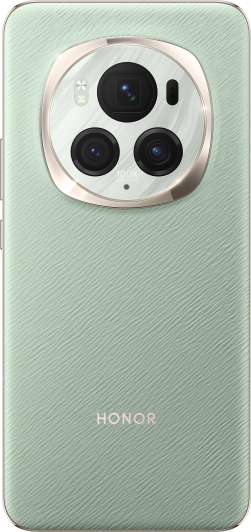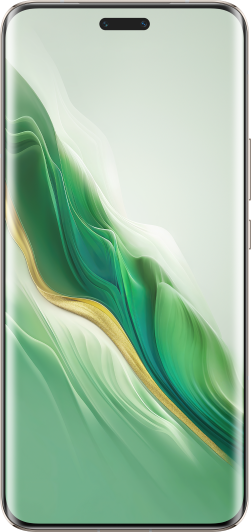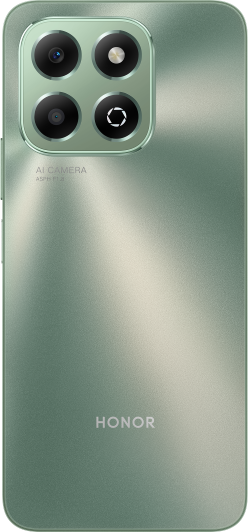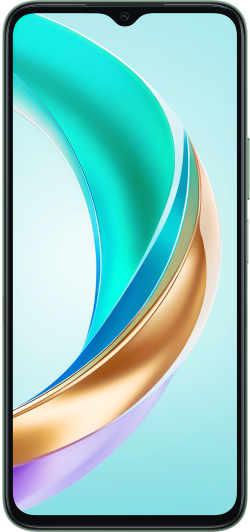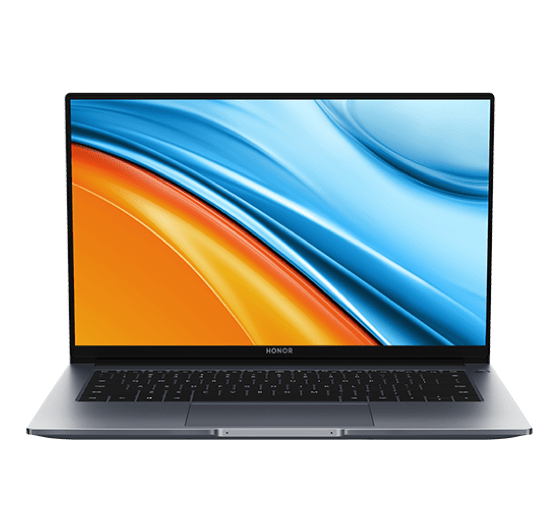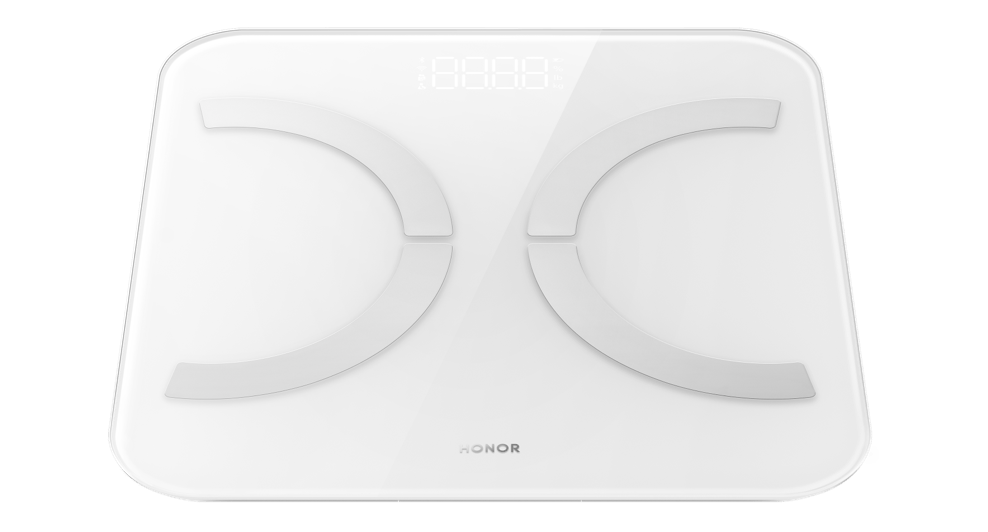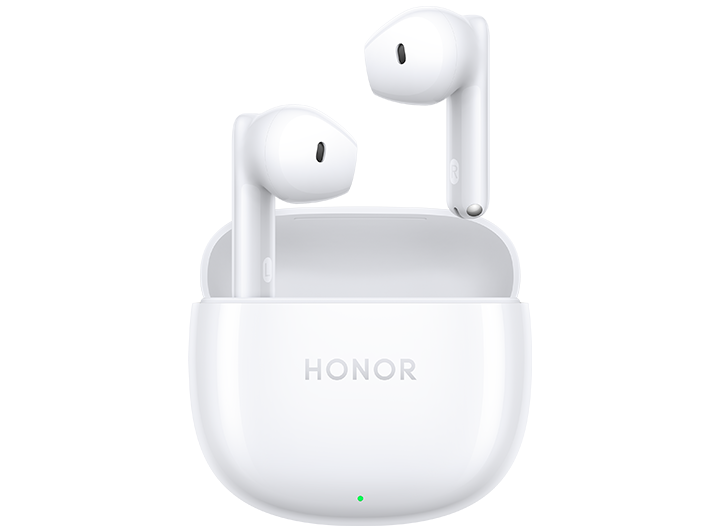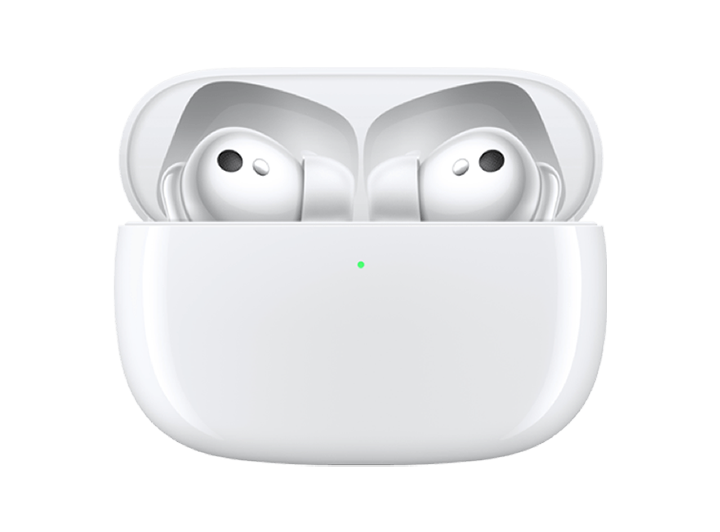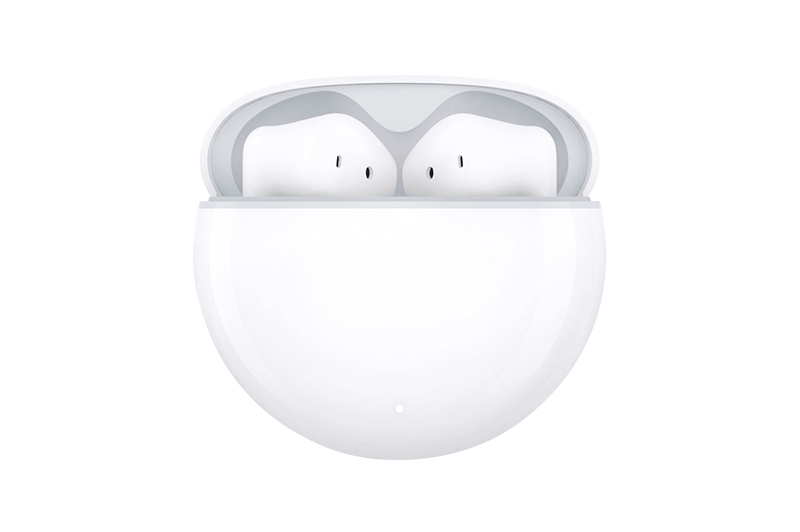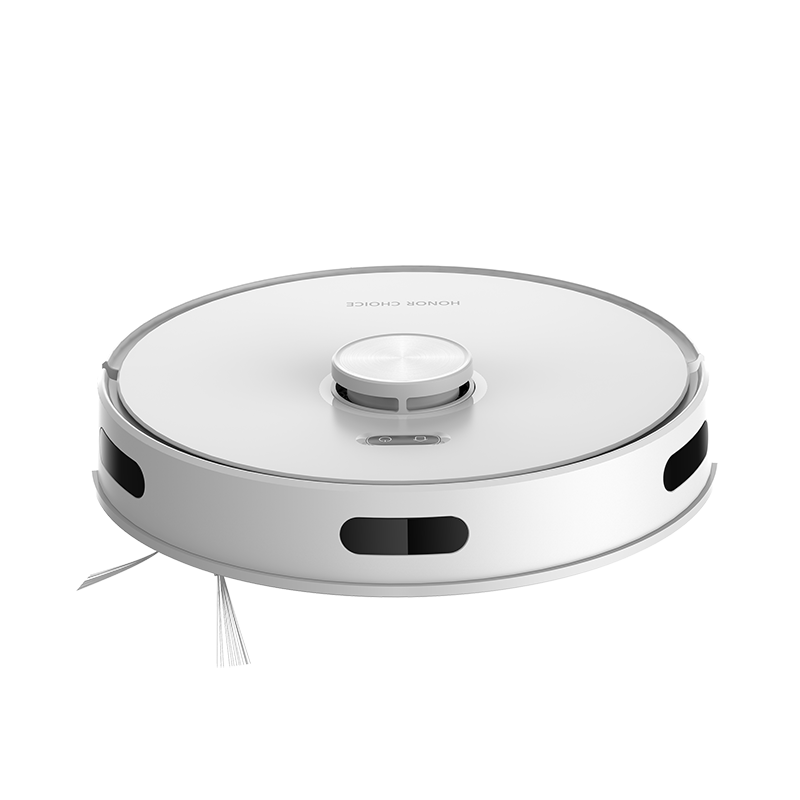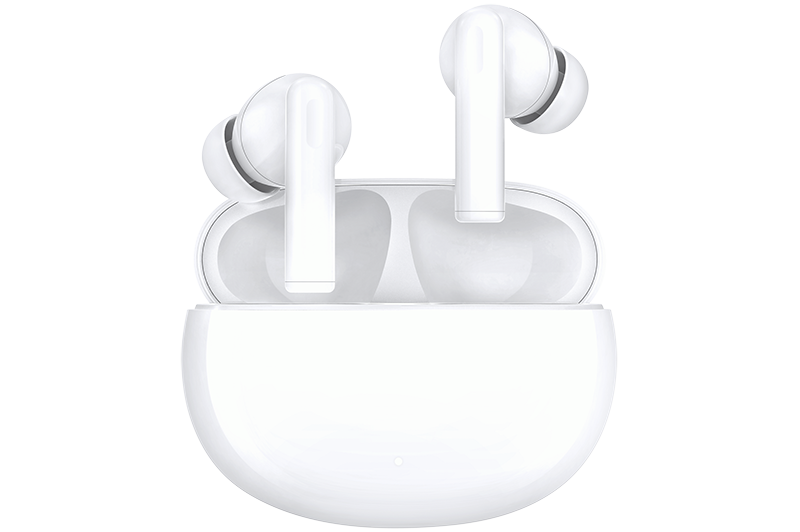TOP

我的荣耀 开启荣耀之旅
To log in to your account, you must first agree to the HONOR PLATFORM TERMS OF USE and HONOR Platform Privacy Statement. If you do not agree, you may only browse the site as a guest.

What Is QHD Display? Elevating Your Smartphone Visuals
Mobile technology is continuously advancing, introducing ever more high-definition displays to our smartphones. A premium display significantly enhances our visual experience, rendering each interaction more immersive and vibrant. Within the array of terms and specs detailing screen technology, QHD display might have caught your attention. But what is QHD display, and why does it matter? This guide dives into the essentials of QHD displays, exploring what it means for phone displays, the advantages of choosing a phone equipped with this technology, and other crucial screen considerations beyond resolution. Let's get started!
What Does QHD Mean for Phone Displays?
Standing for Quad High Definition, QHD refers to a display resolution of 2560 x 1440 pixels, essentially offering four times the definition of HD (720p), thus the name. This means that a QHD display packs four times as many pixels into the same space as a 720p screen, resulting in significantly sharper and more detailed images.
It represents a sweet spot between the now-standard Full HD (1080p) and the ultra-high resolution 4K (2160) displays, offering a balanced mix of high-quality visuals without the excessive power consumption associated with higher resolutions. This makes QHD displays a popular choice for flagship and high-end smartphones, catering to users who demand superior display quality without compromising battery life.
Why Should You Choose a Phone with QHD Display?
Now that you know what is QHD display, let's explore why it should be at the top of your list when choosing a new phone. This higher resolution is not just about the numbers; it's about the tangible benefits you'll enjoy in your daily use.
High Resolution
The most immediate benefit of a QHD display is its high resolution. With 2560 x 1440 pixels, you get a level of detail and clarity that surpasses that of Full HD (1080p) displays. This makes everything from text to images and videos appear sharper and more defined. Whether you're reading an article, browsing through photos, or watching a movie, the enhanced resolution provides a more enjoyable and immersive experience.
Increased Pixel Density
A higher pixel density means that pixels are packed more closely together on a QHD screen, resulting in smoother lines, clearer text, and more detailed images. This is particularly noticeable in complex visuals like intricate designs or small text, where every pixel counts. The increased pixel density reduces the graininess and blur that can occur on lower-resolution screens, making for a cleaner and more precise display.
Better Colour Accuracy
QHD displays often come with advanced colour reproduction capabilities, offering a wider color gamut and more accurate colour representation. This means colours appear more vibrant and true-to-life, enhancing the realism of photos and videos. Whether you're editing photos, shopping online, or simply scrolling through social media, accurate colour representation ensures that what you see on screen is as close as possible to real life.
Improved Visual Experience
The cumulative effect of high resolution, increased pixel density, and better colour accuracy is a significantly improved visual experience. A QHD display brings out the best in your content, making everyday tasks more enjoyable and immersive. For multimedia consumption, gaming, or even just navigating the user interface, the crispness and vibrancy of a QHD screen can transform your interaction with your device.
What Else Should You Consider by Phone Screen?
While a QHD display undeniably enhances the visual experience on a smartphone, it's not the only factor to weigh when evaluating phone screens. Let's delve deeper into what makes a screen stand out, taking the HONOR 90 as our case study.
Size
The size of the phone screen plays a crucial role in your overall experience. Larger screens provide more real estate for viewing content, making them ideal for media consumption and gaming. On the other hand, smaller screens are easier to handle and carry. Balancing screen size with usability and portability is key to finding a device that fits your lifestyle and preferences.
The HONOR 90 boasts a generous 6.7-inch Quad-Curved Floating Screen, offering a vast canvas for all your digital interactions. This sizeable display not only makes for an immersive viewing experience for videos and games but also provides ample space for multitasking and productivity tasks. The curved edges of the screen add an extra layer of elegance and ensure a more comfortable grip, seamlessly blending aesthetics with functionality.
Touch Sensitivity
Touch sensitivity refers to how well a screen responds to your touch. A highly responsive display ensures smooth navigation and interaction, enhancing the user experience. This becomes especially important in activities requiring precision, such as drawing or playing fast-paced games. Look for screens that offer reliable touch sensitivity, minimizing lag and accidental presses.
With a touch response time of just 59 ms, the HONOR 90 sets a high standard for touch sensitivity. This rapid response ensures that every swipe, tap, and pinch is registered with pinpoint accuracy, making the user interface incredibly fluid and responsive.
Refresh Rate
The refresh rate of a screen indicates how many times per second the display updates its image. Higher refresh rates result in smoother motion and can significantly improve the experience of scrolling through content or playing games. Standard screens typically have a refresh rate of 60Hz, but many newer models boast 90Hz, 120Hz, or even higher, offering a noticeably smoother visual experience.
The HONOR 90 doesn't shy away from delivering top-notch performance with its 120 Hz refresh rate. This high refresh rate makes every scroll through web pages or social media feeds silky smooth, reducing motion blur to a minimum.
Durability
Finally, the durability of a phone screen is an essential factor to consider. With smartphones being such a vital part of our daily lives, accidental drops and scratches are inevitable. Opting for a device with a robust screen, such as one made with Gorilla Glass or another toughened glass, can help protect your investment and ensure that your screen remains clear and intact for longer.
Conclusion
In conclusion, understanding what is QHD display is crucial when choosing a new phone, as it significantly enhances visual clarity and provides an immersive viewing experience. However, while a QHD display offers sharp and detailed images, it's important to balance this choice by considering other screen attributes such as size, touch sensitivity, and refresh rate to ensure that your phone's display meets all your needs. By prioritizing what matters most to you in a smartphone display, you can make a well-informed decision that marries both high-definition quality and functional practicality.
FAQ
Is QHD the same as 4k?
No, QHD is not the same as 4K. QHD (Quad High Definition) has a resolution of 2560 x 1440 pixels, whereas 4K resolution is significantly higher, at 3840 x 2160 pixels. This means 4K displays have almost 8 million pixels, offering a 77% greater pixel density than the 3.6 million pixels found in QHD screens, leading to sharper and more detailed images.
Which is better, FHD or QHD in mobile?
QHD (2560x1440 pixels) is better than FHD (1920x1080 pixels) when it comes to image quality on mobile devices. QHD provides sharper and more detailed visuals compared to FHD, making it the preferred choice for users who desire an enhanced viewing experience on their mobile devices.
Does QHD drain battery?
Yes, QHD (1440p) displays can drain battery faster than lower resolution screens like Full HD (1080p). This is because a QHD display has more pixels to light up and manage, leading to increased power consumption. However, the actual impact on battery life can vary depending on the device's hardware efficiency, screen technology (like OLED vs. LCD), and software optimization.
Is QHD okay for gaming?
Yes, QHD (Quad HD), also known as 1440p, is considered a good resolution for gaming. It offers a great balance between high resolution and performance, providing sharper images and more detail than 1080p (Full HD) without the significant hardware demands of 4K resolution. Many gamers prefer QHD as it allows for higher frame rates with less powerful graphics cards compared to 4K, making it a sweet spot for those looking to achieve a high-quality visual experience without sacrificing performance.
Source: HONOR Club
SUBSCRIPTION
I agree to receive the latest offers and information on HONOR products through email or IM (e.g. WhatsApp) provided below and advertisement on third-party platforms. I understand that I can unsubscribe anytime according to Chapter 5 of HONOR Platform Privacy Statement.
CONTACT
Honor Technology (Malaysia) Sdn Bhd
(Registration No.: 202101003804)
1800-88-5645
9:00 AM - 6:00 PM
Copyright © Honor Device Co., Ltd. 2020-2025. All rights reserved.
We use cookies and similar technologies to make our website work efficiently, as well as to analyze our website traffic and for advertising purposes.
By clicking on "Accept all cookies" you allow the storage of cookies on your device. For more information, take a look at our Cookie Policy.
Functional cookies are used to improve functionality and personalization, such as when playing videos or during live chats.
Analytical cookies provide information on how this site is used. This improves the user experience. The data collected is aggregated and made anonymous.
Advertising cookies provide information about user interactions with HONOR content. This helps us better understand the effectiveness of the content of our emails and our website.









